
Description
Zinc is widely distributed in the body and serves as an important component of many metal enzymes. Therefore, detecting zinc deficiency provides crucial information that can contribute to the treatment of diseases. Zinc deficiency can occur due to inadequate intake of zinc, malabsorption caused by conditions such as chronic liver disease, increased demand, increased excretion resulting from long-term use of chelating agents that interact with zinc, chronic liver disease, diabetes leading to an increase in low molecular weight ligands, and other factors. Symptoms of zinc deficiency include dermatitis, decreased appetite, taste and smell disturbances, and delayed wound healing.
High Values:
Causes:
Hemolytic anemia, Eosinophilia, etc.
Low Values:
Causes:
Acrodermatitis enteropathica, Liver damage (Liver carcinoma, Liver cirrhosis, etc.), Acute inflammatory disease, Kidney disease (Nephrotic syndrome, Glomerulonephritis, etc.), Dermatitis, Taste disorder, Smell disturbance, Hypogonadism, Disturbance of growth, etc.
Features
- High linearity (range 2 – 500 µg/dL) and high repeatability
- Good correlation with ICP-MS method
- Little interference by coexisting substances
- It is possible to measure directly in urine
- The opened reagent is stable for at least 8 weeks
Intended Use
Our reagents are specifically designed for the in vitro-quantitative determination of Zinc in human serum, plasma and urine.
Principle of the Method
The concentration of zinc in a sample is measured by analyzing the change in absorbance that occurs when zinc (Zn2+) in the specimen forms a complex with 2-(5-bromo-2-pyridylazo)-5-(N-propyl-N-sulfopropylamin-o)phenol sodium salt (5-Br-PAPS), using a spectrophotometric analysis instrument.
Assay Procedure
Individual instrument applications are available on request.

Assay Reagents, Storage and Stability
Reagent 1: Buffer
Reagent 2: 5-Br-PSAP
Both reagents are liquid, ready to use
Storage: 2-10 °C
Shelf Life: 12 months (before use)
Stability after Opening: at least 8 weeks at 2-10 °C
Performance Data
The following performance data were obtained on a TBA-120FR clinical analyzer.
Method Comparison
Comparison studies were carried out using another similar commercially available method. The following results were obtained.
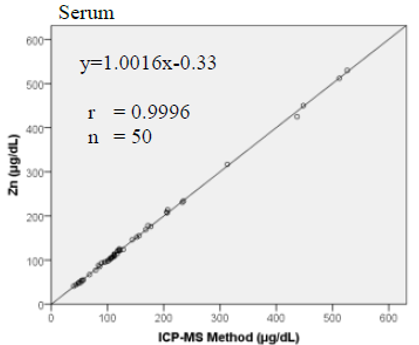
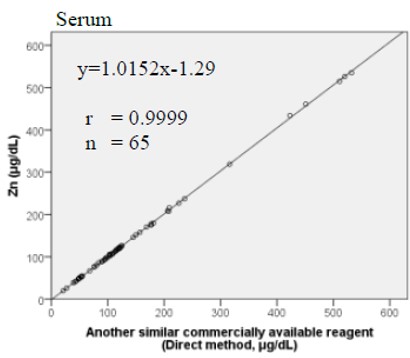
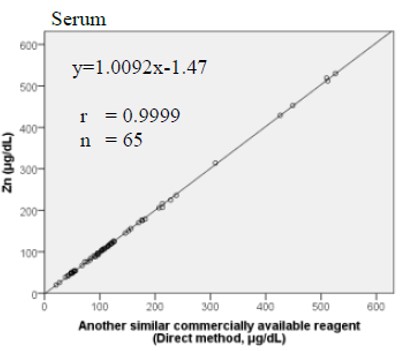
Sensitivity
The sensitivity was evaluated by reading the change in absorbance for purified water sample and standard solution with known concentrations. The results indicated that Zn showed little or no reagent drift on a zero sample.
Under the reaction condition described, 200 µg/dL standard solution gives a ΔABS of 0.04-0.24.
Linearity
Low Range
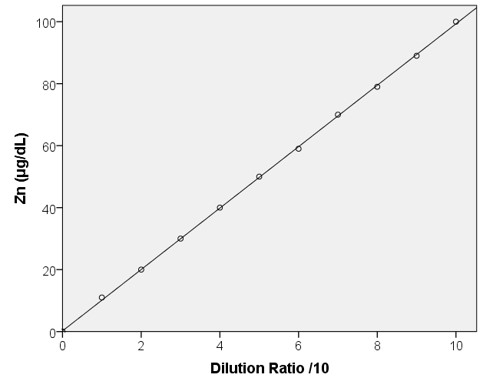
High Range
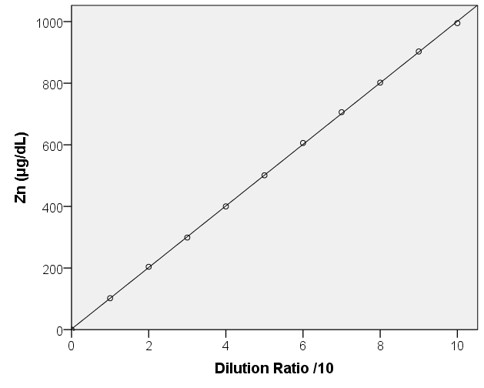
Precision (within-run)

Interfering Substances
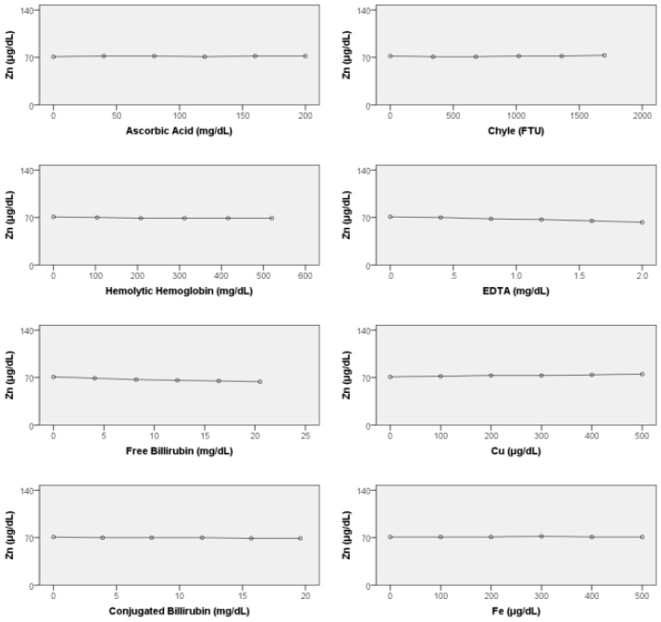
Request Information
Aziza Aknin
Key Account Manager
